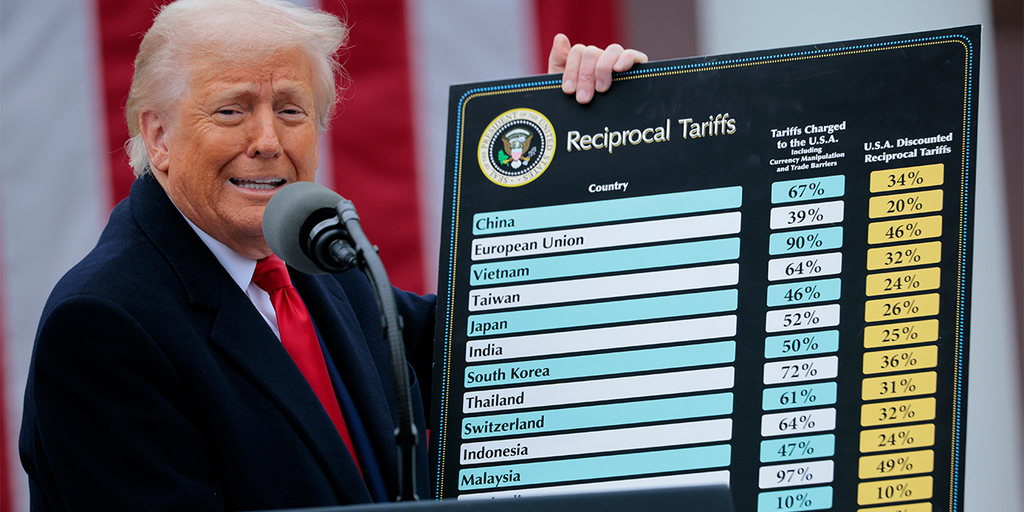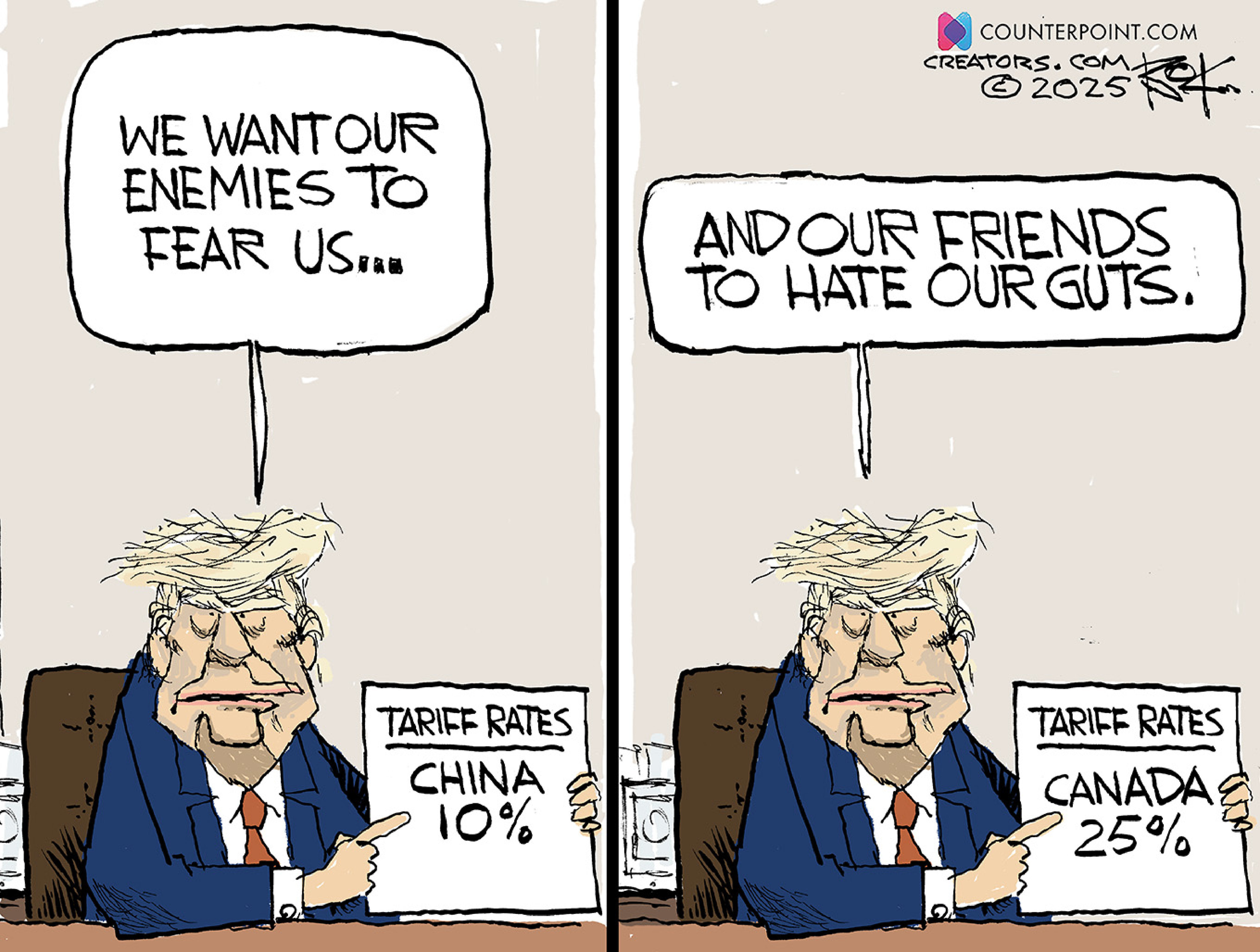Trump’s Tariff Policies: A Critical Analysis of Worker-Centered Trade and U.S. Economic Future

Introduction
Trade has historically functioned as both the engine of U.S. economic growth and the fault line of its political divides. Since the late 20th century, the U.S. has pursued neoliberal trade policies rooted in deregulation, globalization, and free-market orthodoxy. These policies, while beneficial for corporate elites and multinational investors, have systematically undermined American workers, particularly in the industrial heartland.
President Donald Trump, capitalizing on widespread discontent, promised to “bring jobs back” through tariff wars, protectionism, and renegotiated trade agreements. His strategy was marketed as a radical departure from the neoliberal consensus. However, beneath the rhetoric of “America First,” Trump’s tariffs neither dismantled corporate dominance nor restored worker prosperity. Instead, they intensified global uncertainty, empowered elites, and weakened democratic institutions.
This paper examines the structural flaws of U.S. trade policy, critiques the Trump-era tariff experiment, and outlines a progressive, worker-centered alternative capable of addressing the long-standing inequities in American economic governance.
I. Historical Evolution of U.S. Trade Policy
To understand Trump’s tariffs, it is necessary to situate them within the broader trajectory of American trade.
1. From Bretton Woods to Neoliberal Globalization
Post-WWII, the U.S. emerged as the global economic hegemon, spearheading the General Agreement on Tariffs and Trade (GATT) and later the World Trade Organization (WTO).
These institutions promoted free trade, but often privileged multinational corporations while overlooking labor rights and environmental standards.
2. NAFTA (1994): The Turning Point
The North American Free Trade Agreement accelerated the offshoring of industries to Mexico, where wages were a fraction of U.S. levels.
65 major auto plants closed in the U.S., devastating Rust Belt communities.
Promised labor protections for Mexico proved hollow, creating a “race to the bottom” in wages and standards.
3. USMCA (2018): Cosmetic Reform
Trump’s renegotiated USMCA retained many flaws of NAFTA.
While it included language on Mexican labor reforms, weak enforcement left U.S. and Mexican workers in asymmetric positions.
Key Insight: Both NAFTA and USMCA illustrate that trade agreements, under bipartisan leadership, were designed to serve corporate profitability rather than worker security.
II. Tariffs as an Economic Instrument
1. Theoretical Role of Tariffs
Tariffs are essentially taxes on imports, historically used for:
Infant Industry Protection (Listian economics).
National Security Concerns (strategic industries).
Correcting Unfair Trade Practices (anti-dumping measures).
In modern globalized economies, tariffs are not inherently progressive or regressive. Their impact depends on design, scope, and complementary policies.

2. Trump’s Tariff Strategy
Trump imposed sweeping tariffs on steel, aluminum, and Chinese imports under Sections 232 & 301.
His justification was framed around “reciprocity” and “national security,” but decisions were ad hoc and politically motivated.
3. Economic Fallout
According to the Federal Reserve (2019), Trump’s tariffs raised annual household costs by $414.
Trade wars provoked retaliation: China targeted U.S. agriculture, causing $28 billion in farm losses (compensated through subsidies).
Business investment slowed due to uncertainty, undermining the very manufacturing revival Trump promised.
Critical Observation: Instead of functioning as part of an industrial policy, tariffs became a political tool—creating short-term visibility but no structural change.
III. Who Benefited? Corporate Capture of Trade Policy
Despite populist rhetoric, Trump’s tariffs did not empower workers. Instead, they created opportunities for corporate favoritism.
Lobbyist Influence: Major corporations lobbied for tariff exemptions and often received them, while small and medium industries bore the brunt of rising costs.
Crony Capitalism: Exemptions disproportionately benefited politically loyal industries, such as fossil fuels and select manufacturing sectors.
Workers’ Marginalization: Unions and worker representatives were excluded from decision-making.
Key Takeaway: Trump replaced corporate-dominated free trade with corporate-influenced protectionism, leaving structural inequities intact.
IV. Beyond Tariffs: The Missing Industrial Strategy
Economists agree that tariffs, while sometimes necessary, cannot independently revive domestic industry. What is needed is a comprehensive industrial policy rooted in labor empowerment.
1. Public Investment
The CHIPS and Science Act and Inflation Reduction Act exemplify progressive approaches—combining subsidies, tax incentives, and pro-worker clauses.
Long-term manufacturing revival requires sustained investment in research, renewable energy, and infrastructure.
2. Unionization and Worker Power
Historical lesson: mid-20th century U.S. manufacturing prosperity was built on union density.

Decline in union power correlates directly with rising inequality.
Policies such as the PRO Act and restoration of NLRB authority are essential to strengthen collective bargaining.
3. Global Dimension
Progressive trade must be tied to labor rights abroad.
For example, tariffs on Mexican imports should require enforceable wage standards, preventing corporations from exploiting cross-border wage gaps.
V. Trump’s Tariff Politics: Authoritarian Economics
Trump’s use of tariffs cannot be separated from his political style.
Authoritarian Tendencies
Tariffs imposed unpredictably, bypassing Congress.
Decisions centralized in the White House, reflecting personal power rather than institutional processes.
Chaos as Governance
Frequent reversals and retaliations created uncertainty.
This “manufactured chaos” allowed Trump to negotiate backroom deals with corporate elites.
The False Pro-Worker Narrative
Trump positioned tariffs as protecting “forgotten workers,” yet his policies disproportionately served the wealthy and politically loyal.
Conclusion: Tariffs under Trump became less about economic reform and more about consolidating political power.
VI. Toward a Progressive, Worker-Centered Trade Policy
A sustainable alternative must integrate fair trade, industrial policy, and labor empowerment.
1. Transparency and Democracy
Trade negotiations should be open to public scrutiny.
Workers, unions, and civil society must have institutionalized participation in trade policymaking.
2. Strategic Tariffs with Social Goals
Tariffs should be targeted and durable, linked explicitly to labor and environmental standards.
Example: penalizing imports made with forced labor or environmental destruction.
3. Integrated Industrial Policy
Incentives for companies must prioritize unionized, high-wage employment.
Public investment in green technologies, infrastructure, and advanced manufacturing should form the backbone of economic revival.
4. Rebuilding Worker Power
Strengthening the National Labor Relations Board (NLRB).
Ensuring collective bargaining rights across public and private sectors.
Passing legislation like the Public Service Freedom to Negotiate Act.
Conclusion
Trump’s tariff wars, framed as a populist defense of American workers, ultimately served as a political illusion. While they promised to restore manufacturing, they instead imposed costs on households, destabilized industries, and empowered corporate elites. The deeper truth is that America’s workers were already disadvantaged by decades of neoliberal trade policy—and Trump’s tariffs failed to correct that imbalance.
The way forward requires rejecting both the corporate-dominated “free trade” model and Trump’s authoritarian protectionism. Instead, the U.S. must embrace a progressive, transparent, worker-centered trade strategy—anchored in strategic tariffs, industrial investment, union empowerment, and democratic accountability.
Only then can trade policy become a vehicle for inclusive prosperity, resilient manufacturing, and a genuinely fair economy.

